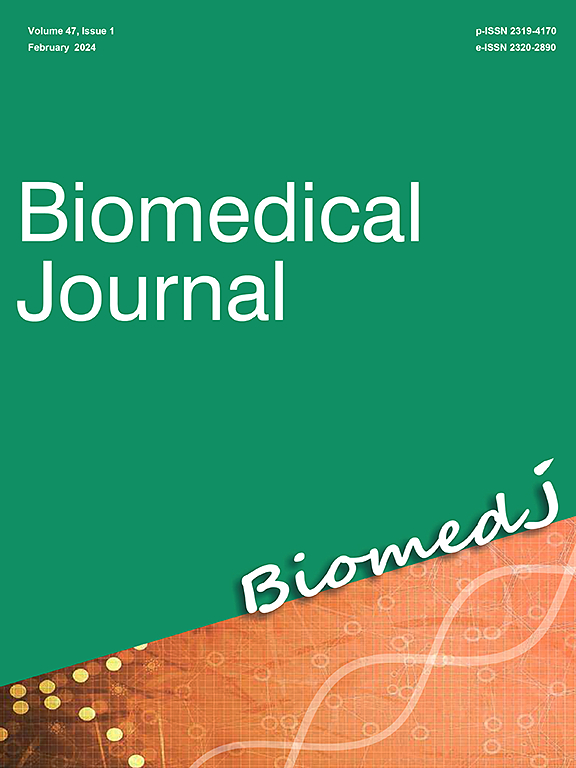Intercellular transfer of MHC molecules in T cell alloimmunity and allotransplantation
Abstract
After transplantation of allogeneic tissues and organs, recognition by recipient T cells of donor MHC molecules initiates the pro-inflammatory adaptive immune response leading to allograft rejection. T cell allorecognition has long been known to be mediated via two distinct pathways: the direct pathway in which T cells recognize intact allogeneic MHC molecules displayed on donor cells and the indirect pathway whereby T cells recognize donor MHC peptides processed and presented by recipient antigen-presenting cells (APCs). It is believed that direct allorecognition is the driving force behind early acute allograft rejection while indirect allorecognition is involved in chronic allograft rejection, a progressive condition characterized by graft vasculopathy and tissue fibrosis. Recently, we and others have reported that after transplantation of allogeneic skin and organs, donor MHC molecules are transferred from donor cells to the host's APCs via trogocytosis or extracellular vesicles. Recipient APCs having captured donor MHC molecules can either present them to T cells in their intact form on their surface (semi-direct pathway) or the form of peptides bound to self-MHC molecules (indirect pathway). The present article provides an overview of recent studies evaluating the role of intercellular exchange of MHC molecules in T cell alloimmunity and its contribution to allograft rejection and tolerance.

 求助内容:
求助内容: 应助结果提醒方式:
应助结果提醒方式:


